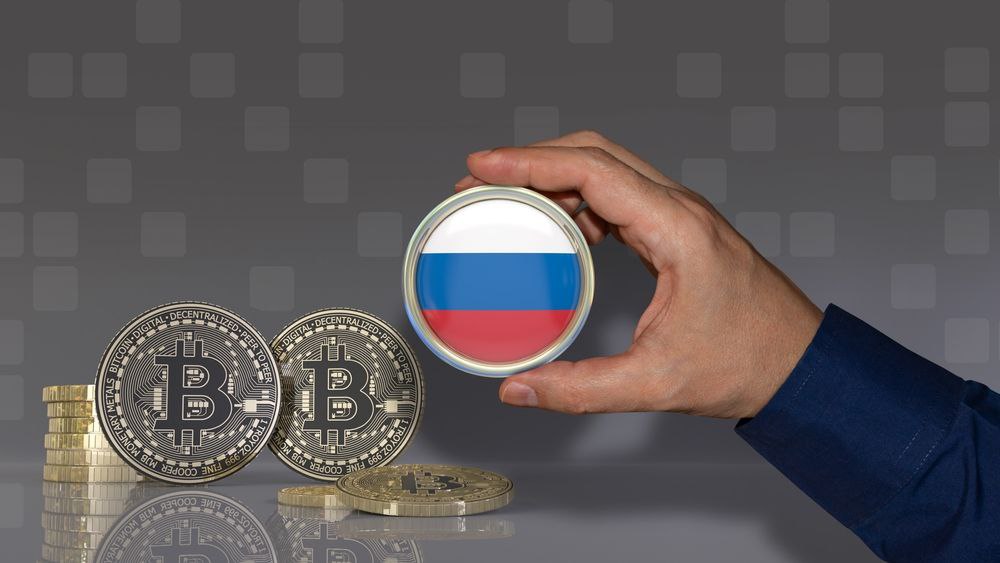Russian Investors’ Developing Interest in Digital Assets Rather Than Traditional Instruments
It hasn’t yet been a year since when Russian Government implemented a policy concerning digital assets.
Under the said policy, the Russian central bank allowed local entities to engage with digital financial assets (DFAs). Since then Russia has seen over 2 Billion rubles (i.e. $26 Million equivalent) worth of DFAs being issued.
This data, pertaining to DFAs issued in Russia in a course of one year, was compiled in a report by Atomyze. Atomyze is a local entity that is involved in the business of digital tokenization.
Atomyze’s Director General, Ekaterina Frolovicheva, informed that DFAs are rapidly increasing in the country.
While attending a Public Chamber discussion on digital assets, Frolovicheva revealed that Russia’s first DFA issuer was registered in February 2022.
However, the issuance of DFAs started to take place several months after the first registration, explained Frolovicheva.
Investors Find DFAs Highly Attractive
According to Frolovicheva, she said that Russian investors have developed a keen interest in the DFAs. She said that as compared to traditional financial instruments and products, investors are highly attracted to DFAs.
She explained that the reason why investors are so interested in DFAs is that they are desperately looking for alternatives.
She suggested that DFAs were treated as a prudent ‘alternative’ once the DFAs market was brought under regulatory oversight in 2021.
Frolovicheva further emphasized that in contrast to traditional instruments, DFAs offer unparalleled features which, at the same time, are impossible to ignore.
Because of their distinct features and design, the DFAs market is growing bigger and better on a fast pace basis, she claimed. This is the reason why people have started to switch to DFAs.
They want to become part of something that is long-term and is favorable for them. Therefore, they have chosen to side with the DFAs.
The recent developments on a global scale have made them change their stance and perception around traditional financial assets entirely.
They want to go for assets that have the tendency of being independent and not controlled by a centralized entity. If it is controlled by a centralized entity, it can always be taken down by the regulators.
She further explained that Russia has developed a concept of ‘hybrid digital rights’ which is being widely implemented in the Russian DFAs market.
She suggested that these ‘hybrid digital rights’ provide safeguards to the rights acquired through digital assets of financial and utility kinds.
The safeguard then guarantees monetary claims and other claims such as transferring the digital asset on demand, explained Frolovicheva.
Law Recognizes NFTs and Stablecoins as “Hybrid Digital Assets”
According to Frolovicheva, digital assets such as stablecoins and Non-Fungible Tokens (NFTs) in Russia guarantee monetary claims.
She stated that Russian laws classify the two as ‘hybrid digital assets’ whose digital rights are also subject to safeguards.
She referred to the Russian crypto law namely ‘On Digital Financial Assets’ which provides necessary safeguards. The said law was enforced by the Russian Government in January 2021.
How Many DFA Issuers in Russia?
Currently, there are more than five DFA issuers, including Atomyze, who are duly authorized by the Russian Government to issue digital assets.
Apart from Atomyze, even the state-run financial institution of Russia namely Alfa-Bank is also one of the issuers.
Later, Sberbank of Russia and corporate giant Lighthouse also became part of the DFA issuing network.
Very recently, Distributed Registry Systems, a Russian company obtained a license of issuing DFAs. However, this company hasn’t yet started issuing the DFAs which it shall do so after completing the requirements.
It is not so far when Russian investors would avail the opportunity of investing in DFAs side by side with the traditional instruments.
Even bonds and stock trading would become available to them digitally in a regulated market without fearing the risks.

